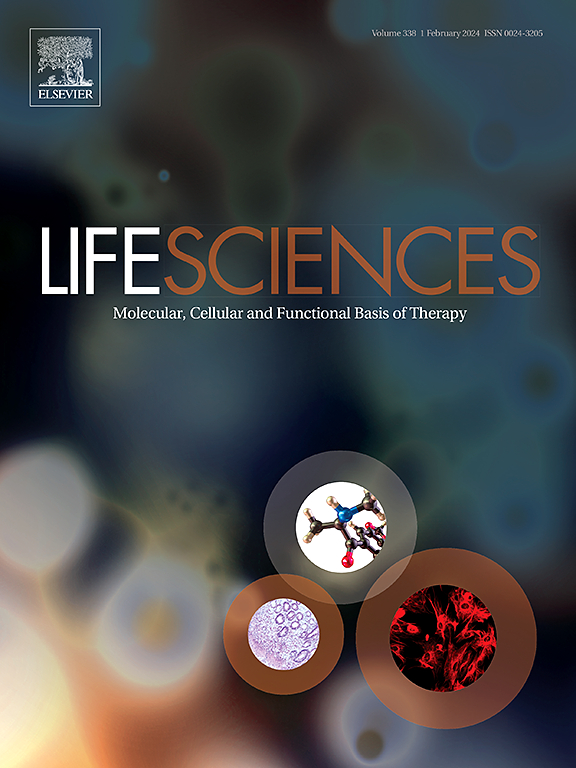Research progress on pathogenesis and treatment of febrile seizures
IF 5.2
2区 医学
Q1 MEDICINE, RESEARCH & EXPERIMENTAL
引用次数: 0
Abstract
Febrile seizures (FSs) are the most common pediatric neurological disorder, affecting approximately 5 % of children aged 6 months to 5 years. While most FSs are self-limiting and benign, about 20–30 % present as complex FSs (CFSs), which pose a risk of acute brain injury and the development of temporal lobe epilepsy. Various factors, including age, geographical distribution, and type of infection influence the occurrence of FS. Infection is the primary external trigger for FS, while the underlying intrinsic factors are linked to the immature and incomplete myelination of the brain during specific developmental stages. Although the precise pathogenesis of FS is not yet fully understood, it is likely caused by the interaction of immature brain development, fever, neuroinflammation, and genetic susceptibility. This review discussed the pathogenesis of febrile seizures, focusing on factors such as age, fever, neuroinflammation, genetics, and intestinal microbiota, and summarized existing therapeutic approaches. Our review may facilitate the identification of new targets for mechanistic studies and clinical treatment of febrile seizures.

热性惊厥病机及治疗研究进展。
热性惊厥(FSs)是最常见的儿科神经系统疾病,影响约5 %的6 个月至5 岁的儿童。虽然大多数FSs是自限性和良性的,但约20- 30% %的FSs表现为复杂的FSs (CFSs),具有急性脑损伤和颞叶癫痫发展的风险。年龄、地理分布、感染类型等因素影响FS的发生。感染是FS的主要外部触发因素,而潜在的内在因素与特定发育阶段大脑未成熟和不完整的髓鞘形成有关。虽然FS的确切发病机制尚不完全清楚,但它可能是由未成熟的大脑发育、发热、神经炎症和遗传易感性的相互作用引起的。本文从年龄、发热、神经炎症、遗传、肠道菌群等方面讨论了热性惊厥的发病机制,并对现有的治疗方法进行了总结。我们的综述可能有助于确定热性惊厥的机制研究和临床治疗的新靶点。
本文章由计算机程序翻译,如有差异,请以英文原文为准。
求助全文
约1分钟内获得全文
求助全文
来源期刊

Life sciences
医学-药学
CiteScore
12.20
自引率
1.60%
发文量
841
审稿时长
6 months
期刊介绍:
Life Sciences is an international journal publishing articles that emphasize the molecular, cellular, and functional basis of therapy. The journal emphasizes the understanding of mechanism that is relevant to all aspects of human disease and translation to patients. All articles are rigorously reviewed.
The Journal favors publication of full-length papers where modern scientific technologies are used to explain molecular, cellular and physiological mechanisms. Articles that merely report observations are rarely accepted. Recommendations from the Declaration of Helsinki or NIH guidelines for care and use of laboratory animals must be adhered to. Articles should be written at a level accessible to readers who are non-specialists in the topic of the article themselves, but who are interested in the research. The Journal welcomes reviews on topics of wide interest to investigators in the life sciences. We particularly encourage submission of brief, focused reviews containing high-quality artwork and require the use of mechanistic summary diagrams.
 求助内容:
求助内容: 应助结果提醒方式:
应助结果提醒方式:


